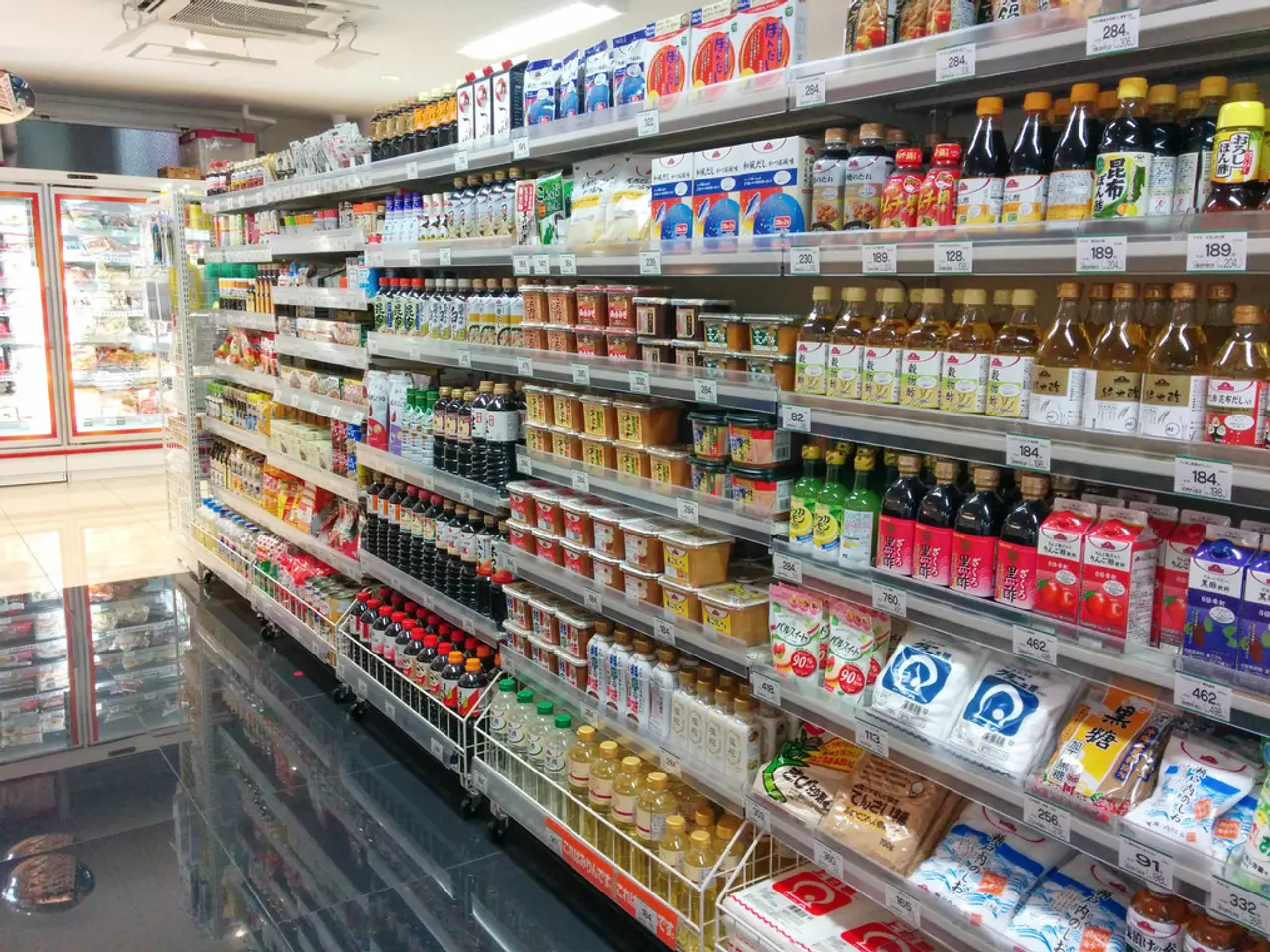Amid escalating costs and tariff worries, small business sales maintain their pace during the first quarter, according to BizBuySell's report.
In the first quarter of 2025, the U.S. small business market demonstrated resilience, despite facing challenges such as policy uncertainty and tariff-related trade uncertainties.
The small business sector showed overall growth in profitability, with a 1.8% year-over-year increase by June 2025, marking the highest level so far this year. Year-over-year small business sales also grew by 4.4% in June compared to 2024, though there was a small month-to-month decline in June sales by -1.4%.
Optimism among small business owners was strong, with around 65% describing their businesses as in good or very good health by Q1 2025. Over two-thirds expected growth in the coming year, with about 51% expecting revenue increases and 28% expecting increased employment during 2025.
However, there were signs of a slowdown in hiring, especially in seasonal sectors like leisure and hospitality, where payments to hiring firms declined from Q1 to Q2 for the first time since the pandemic. This hiring payment reduction suggests labour market caution amid economic uncertainty.
Around 40% of small business owners expected trade policy (including tariffs) to negatively impact their businesses in the next 12 months, although this concern has decreased compared to previous quarters. Sectors heavily exposed to international trade or supply chains appear more vulnerable to tariff effects, prompting some reshoring and investment in supply chain reliability, which could support capital expenditures in U.S.-focused small firms.
Credit conditions for small businesses tightened, with banks imposing stricter standards, pushing firms to rely more on credit cards with higher utilization rates. Technological adoption, such as AI, is seen as a growth lever by 37% of small businesses, potentially offsetting some negative tariff impacts by improving productivity.
The small-cap public market saw increased IPO activity in Q1 2025, suggesting vitality in innovative, domestically focused companies that are less exposed to global geopolitical risks, including tariffs.
In summary, while U.S. small businesses performed relatively well in Q1 2025 with improving profitability and growth expectations, tariff-related trade uncertainties continue to affect specific sectors and restrain some hiring and investment plans. The overall market exhibits cautious optimism with strategic shifts like reshoring and tech adoption partly mitigating tariff pressures.
Economic uncertainty and recession concerns are shaping buyer and seller strategies in 2025. The U.S. small business market showed steady growth in Q1 2025, with 2,368 businesses sold and a total enterprise value exceeding $2 billion. Seller financing emerged as a critical tool for dealmaking in Q1 2025, with 62% of brokers seeing it as very important.
Deal volume grew 2% quarter-over-quarter, and the service sector saw a modest 2% gain in closed deals but reported 5% declines in both sale price and revenue. Transactions rebounded in January, climbing 4%, amid optimism over anticipated tax cuts, lower interest rates, and deregulation. The manufacturing sector showed notable growth in Q1 2025, with median sale prices surging 54% to over $1 million.
Retail transactions dropped 4% and retail sector reported lower financials. Essential services like healthcare and auto repair remained in demand in the service sector. A surge of retiring business owners and adaptable buyers are expected to keep the market active in 2025. Median time on market increased 15% year-over-year to 198 days, and prices climbed 4% to a median sale price of $349,000. Cash flow and revenue in the manufacturing sector increased over 50% year-over-year. Tariffs were viewed as both risk and opportunity.
- Amid the rise in small business profitability and optimism for growth, some small-business owners are expressing concern about regulation, with around 40% expecting trade policy, including tariffs, to negatively impact their businesses in the next 12 months.
- The economic uncertainty and recession concerns are impacting personal-finance strategies, as seller financing emerged as a critical tool for dealmaking in Q1 2025, with 62% of brokers seeing it as very important.
- In an effort to build supply chain reliability and mitigate tariff pressures, sectors heavily exposed to international trade or supply chains are increasingly investing in defi, which includes infrastructure for decentralized finance and other financial technologies. Such investments have the potential to improve productivity for small businesses, offsetting some negative tariff impacts.




